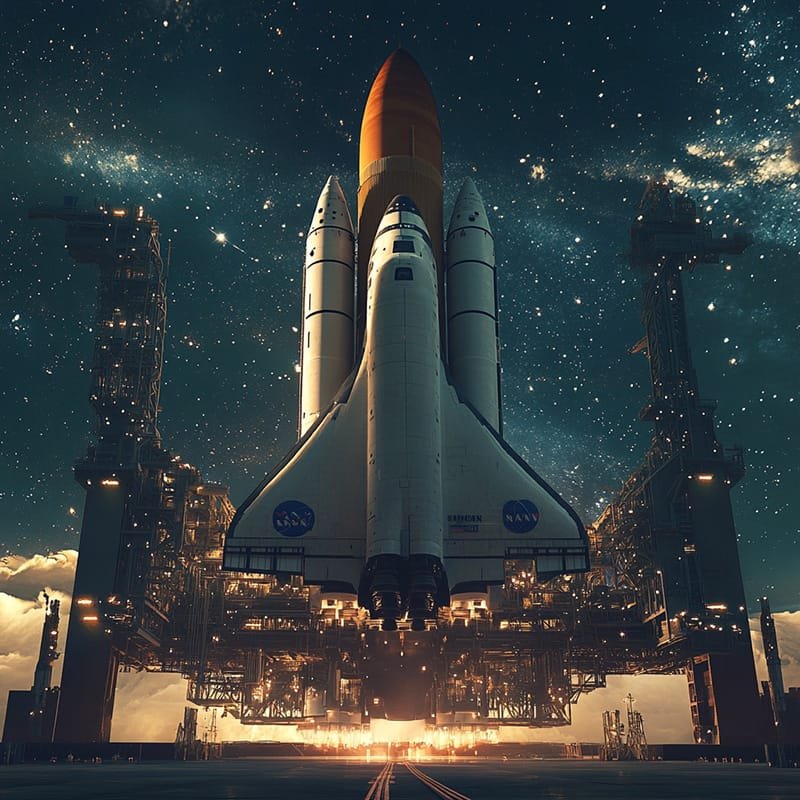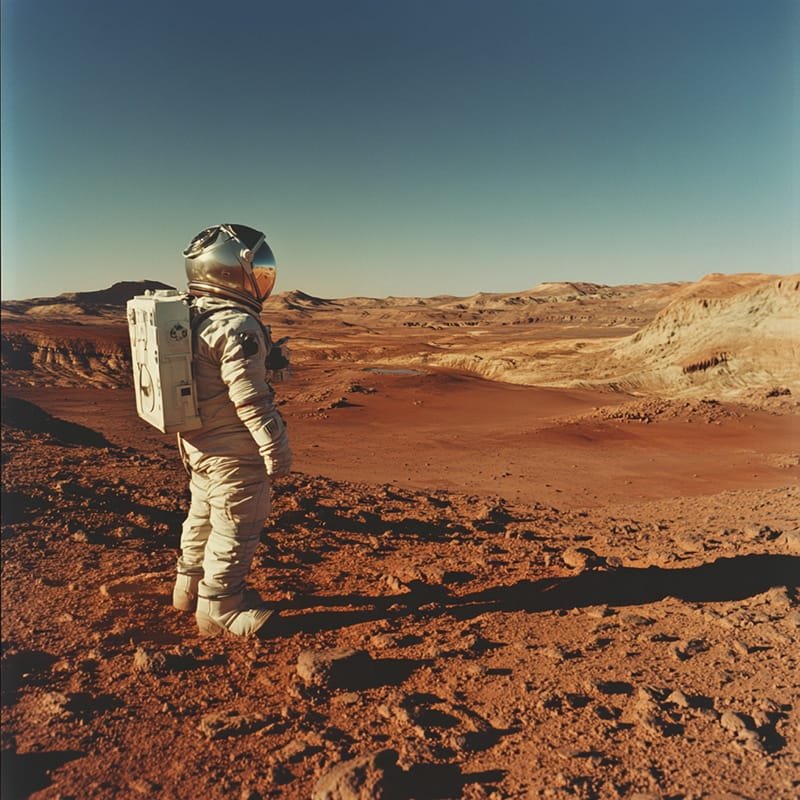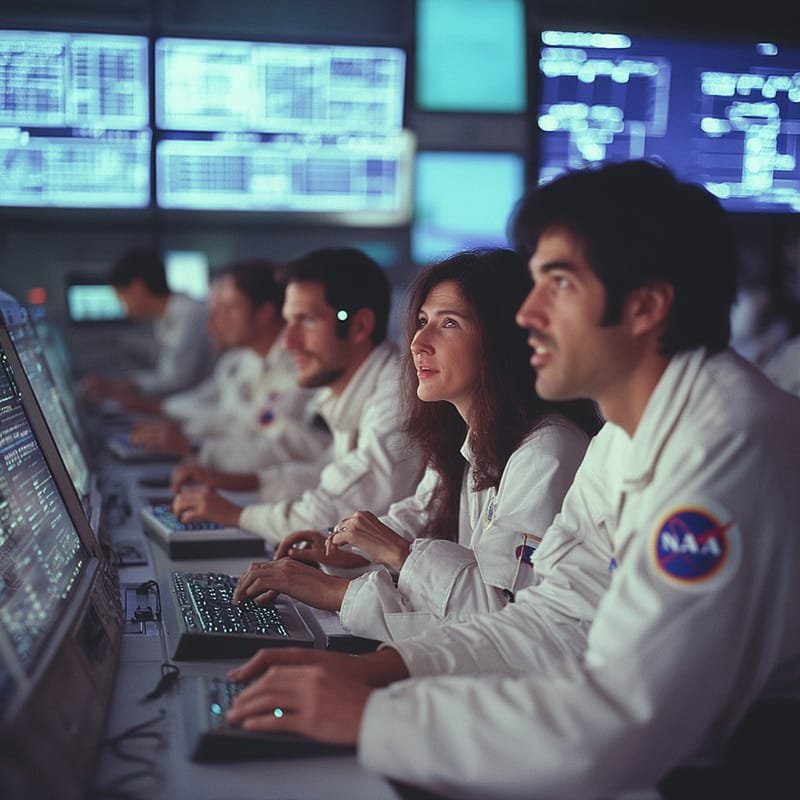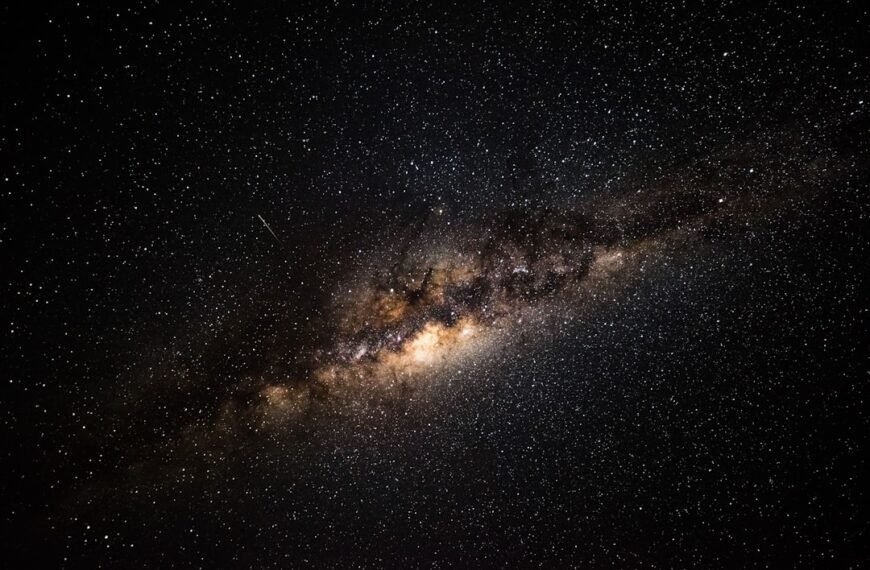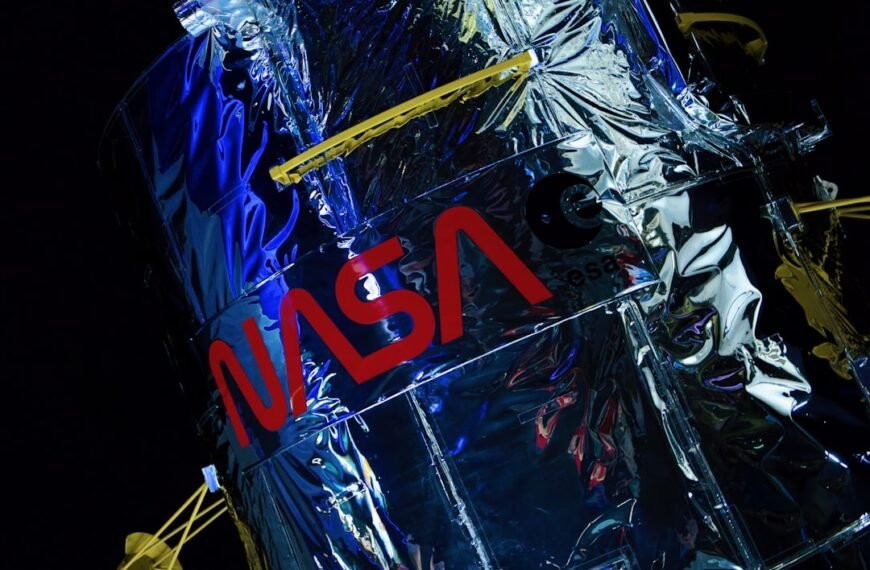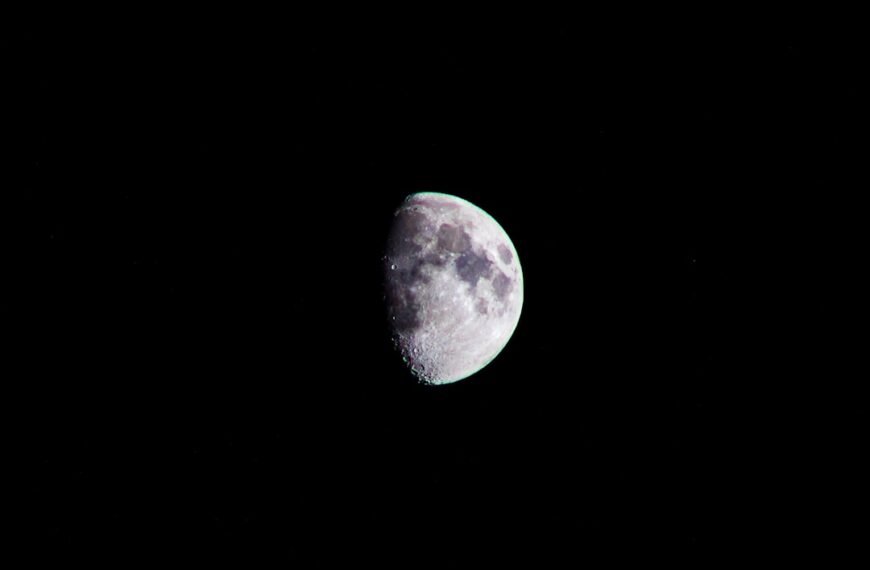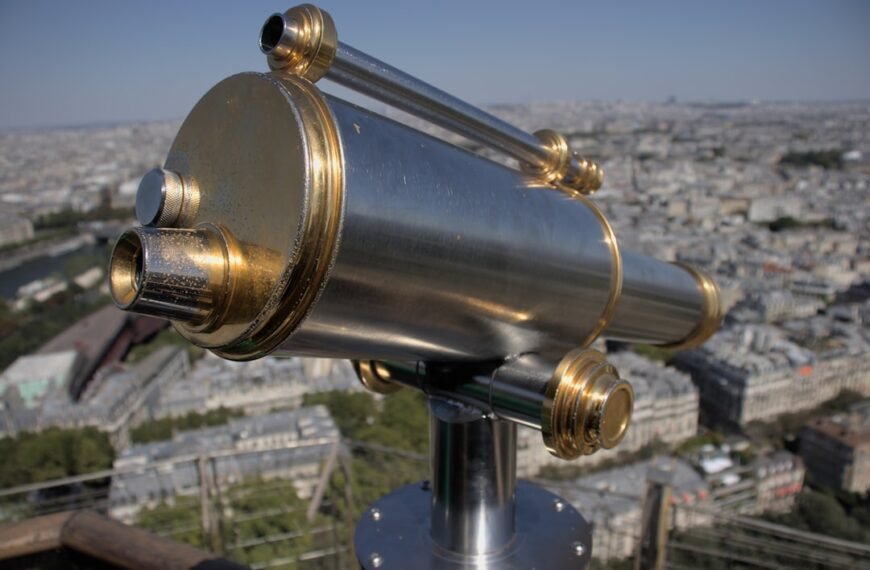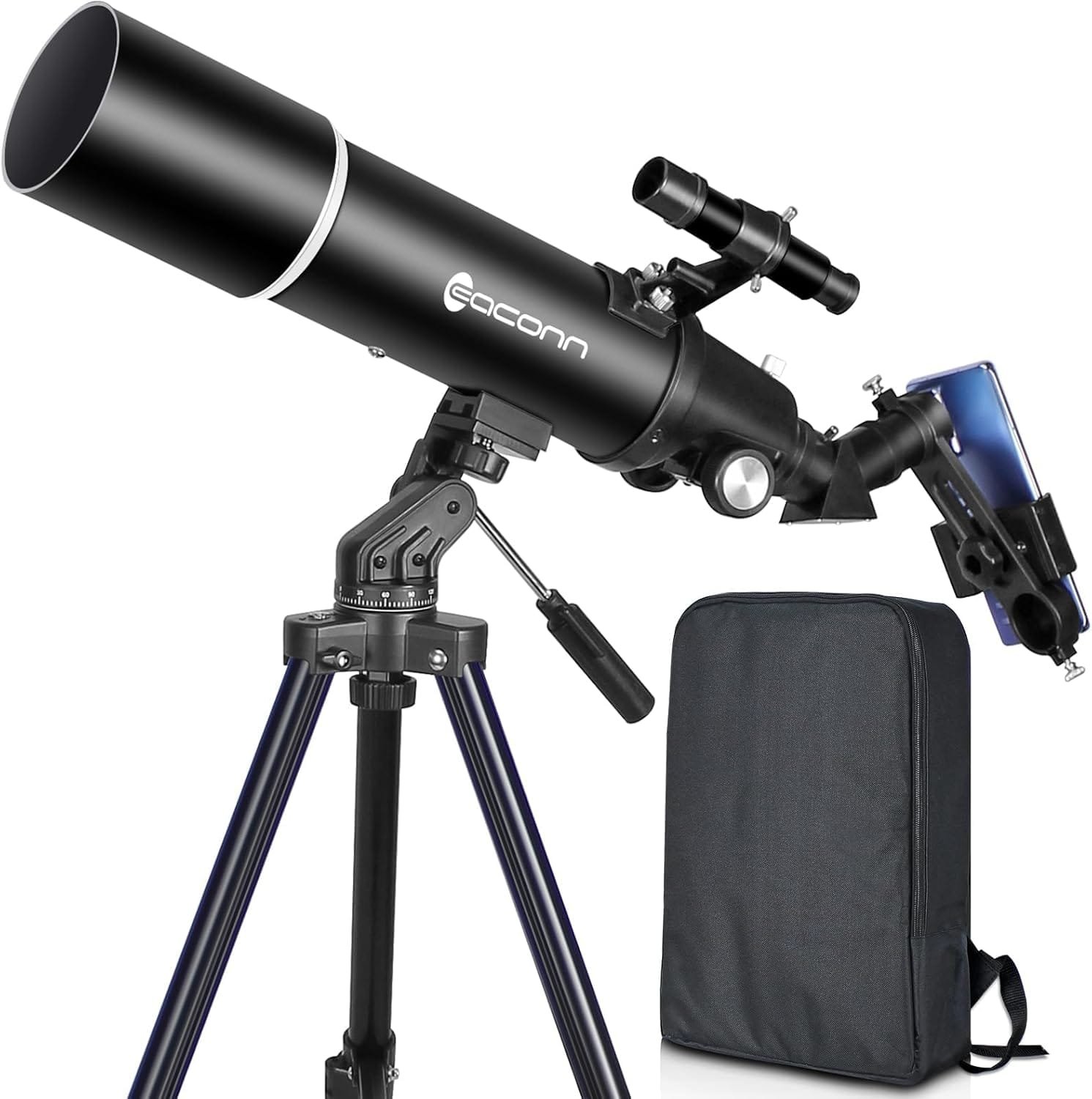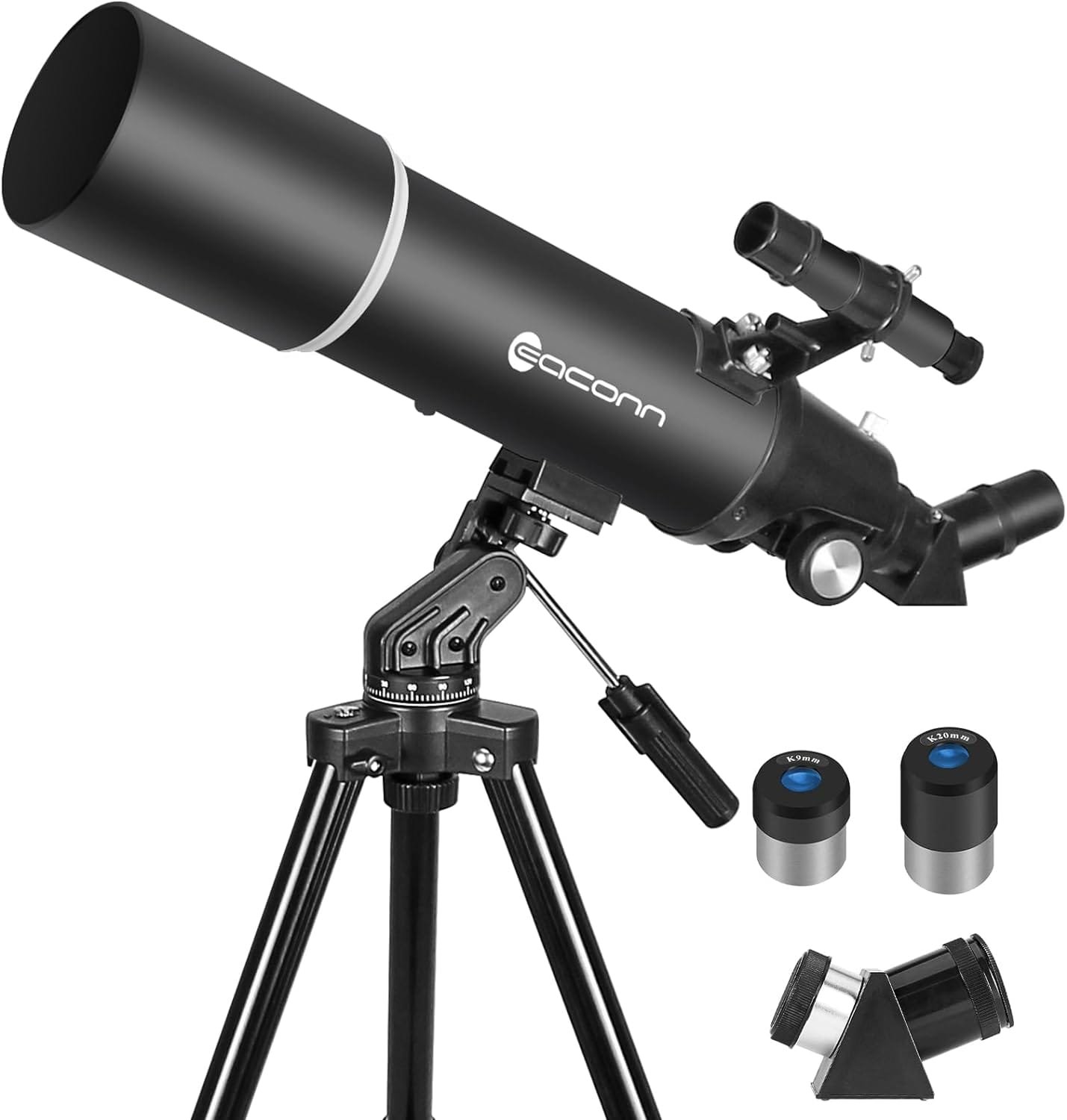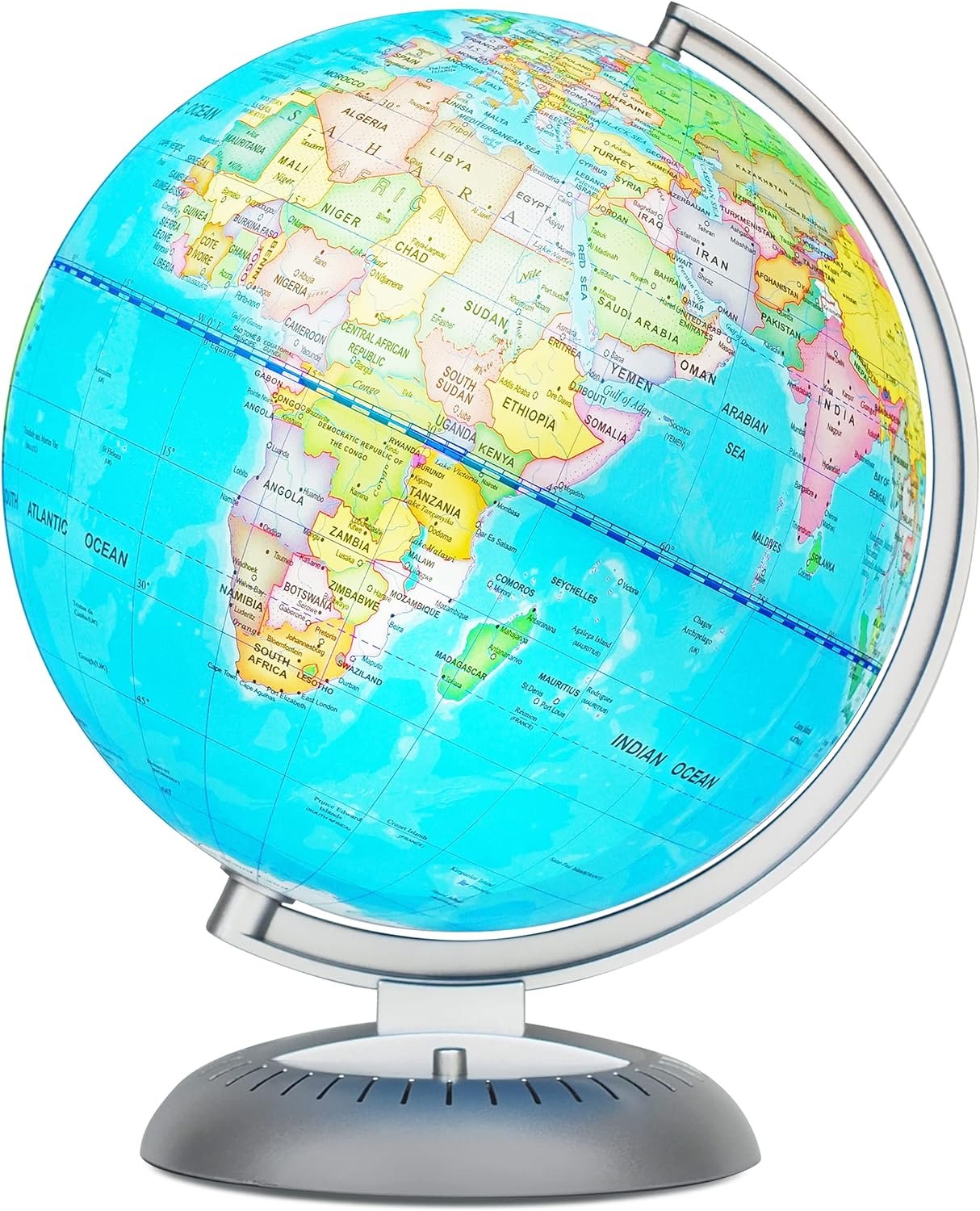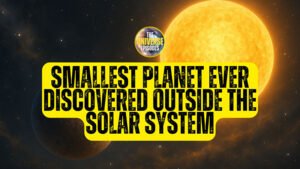Wondering if getting a job at NASA is tough? Discover the competitive hiring process, strict requirements, and insights from insiders. Apply now!
Key Takeaways
- Securing a job at NASA is highly competitive and challenging.
- The agency has stringent educational and experience requirements.
- The application process involves multiple evaluation stages.
- Candidates face tough competition from both public and private aerospace sectors.
- Insights from current and former employees highlight the complexities of the hiring process.
Many dream of working for NASA, but the question remains: Is NASA hard to get a job? The answer is yes. Securing a position at this prestigious agency is a challenging process characterized by intense competition, rigorous qualifications, and a structured hiring process. This blog post will explore the various factors contributing to the difficulty of obtaining a job at NASA, including the application process, educational requirements, competition levels, and insights from those who have experienced the journey firsthand.
1. Competitive Nature of NASA Positions
1.1 Astronaut Selection
One of the most competitive segments at NASA is the astronaut selection process. Candidates must meet strict physical and educational requirements, including:
- A master’s degree in a STEM field.
- At least three years of relevant professional experience or 1,000 hours of pilot-in-command time in jet aircraft.
This high standard not only narrows the candidate pool but also exemplifies the overall competitiveness of NASA’s hiring process.
1.2 General Hiring Process
While exact statistics on applicants versus available positions may vary, it is well-known that NASA’s general hiring process is competitive across all roles. The agency offers both permanent and temporary positions, which attract numerous qualified applicants, further intensifying competition.
1.3 Pathways Program Competition
The Pathways Internship Program serves as a direct route to full-time employment at NASA. For example, at the Johnson Space Center (JSC), there were 3,300 valid applications for Pathways positions in one semester. Only about 120 candidates were selected for interviews, with approximately 30-40 ultimately receiving offers. This results in a success rate of just 1-1.2%, showcasing the program’s selectivity.
2. Educational Requirements and Experience Prerequisites
NASA maintains high standards for educational qualifications and experience prerequisites across various roles.
2.1 Astronaut Positions
For astronaut roles, candidates are required to have:
- A master’s degree in a STEM field.
- Professional experience or pilot time.
These requirements significantly reduce the number of eligible candidates.
2.2 Engineering Roles
Engineering positions typically demand:
- A minimum of a bachelor’s degree in engineering.
- Advanced degrees (master’s or PhD) for specialized roles like aerospace engineering.
Candidates often need practical experience through internships or lab work, creating a high barrier to entry.
2.3 Research Positions
Research roles in astrophysics or planetary science generally require:
- A PhD.
- Strong backgrounds in physics and mathematics.
These advanced qualifications contribute to the difficulty of obtaining such positions.
2.4 Other Specialized Roles
NASA employs professionals across various fields like computer science, space medicine, and legal policy. Each role has specific educational and experience requirements that add to the overall challenge of securing employment.
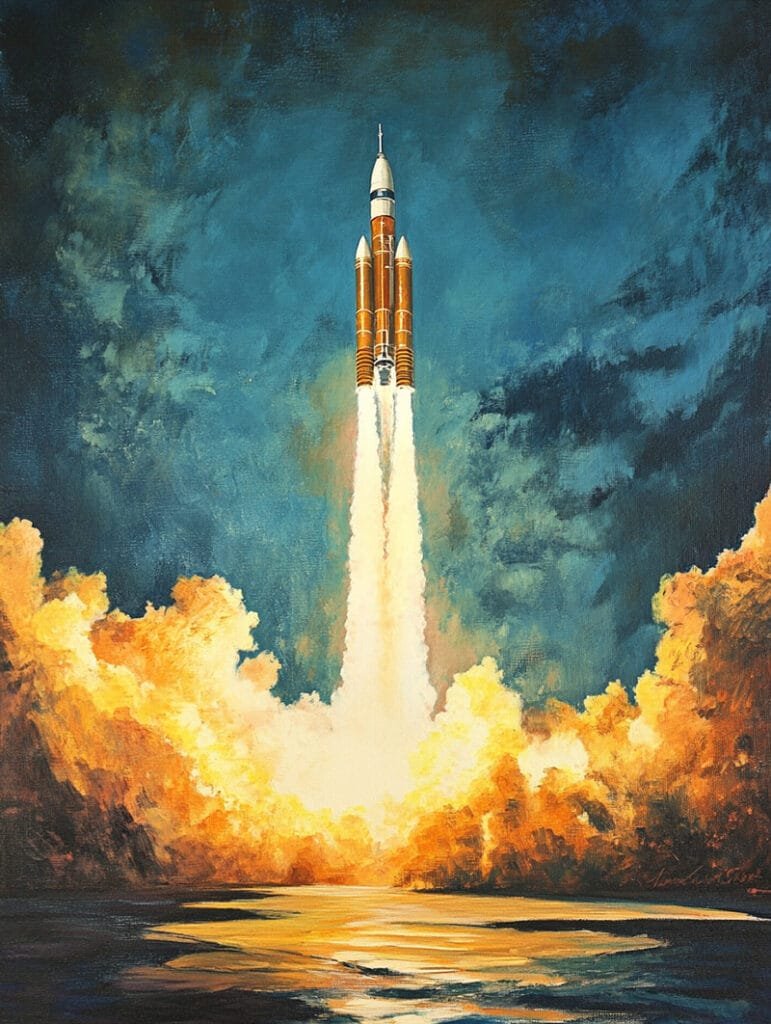
3. NASA’s Official Hiring Process
The structured nature of NASA’s hiring process makes it difficult for applicants to navigate.
3.1 Application Process
All job opportunities are listed on USAJOBS, the federal government’s employment site. Candidates must create profiles, build resumes, and submit applications through this platform. This ensures standardized evaluations but complicates the process for applicants unfamiliar with federal hiring systems.
3.2 Multiple Stages of Evaluation
After submission, applications undergo thorough reviews to verify eligibility. Candidates may face multiple interview rounds, including:
- Panel interviews.
- Phone interviews.
- Virtual interviews.
Excelling at each stage is essential for progressing in the selection process.
3.3 Citizenship Requirements
Most positions at NASA require U.S. citizenship. This requirement further limits eligible candidates, particularly for international applicants interested in joining the agency.
4. Competition with Other Space Agencies and Aerospace Companies
NASA’s hiring difficulty is also affected by broader industry competition.
4.1 Comparison with Private Companies
Private aerospace companies like SpaceX offer dynamic work environments that may appeal to candidates seeking faster-paced settings. This competition for talent can make NASA’s hiring process seem more challenging compared to private firms.
4.2 Industry Perception
NASA’s reputation as a leading space agency attracts many highly qualified candidates. While this prestige increases interest in available positions, it also heightens competition and selectivity in the hiring process.
5. Insights from Current and Former Employees
Feedback from individuals who have gone through NASA’s hiring process reveals valuable insights about its challenges.
5.1 Referral and Interview Process
Many applicants report being referred for positions but not necessarily interviewed. This indicates that passing the initial application stage does not guarantee further consideration; selectivity increases at each step.
5.2 Direct Hire Authority (DHA)
The Direct Hire Authority allows applicants to be referred based on self-reported qualifications. However, this does not ensure an interview. Hiring managers receive lists of eligible candidates and decide who to interview based on qualifications verified by HR before scheduling interviews.
5.3 Volume of Applications
Some job postings receive hundreds or even thousands of applications. For instance, one applicant noted that a position they applied for had nearly 2,200 applicants. This high volume emphasizes the intense competition and low success rates for candidates.
6. Challenges in NASA’s Hiring Process
NASA faces several challenges that impact applicants.
6.1 Budget Constraints and Hiring Freezes
Budget limitations often lead to hiring freezes at NASA, making recruitment even more selective. These constraints limit new hires and increase the competition for available roles.
6.2 Mission-Critical Hiring Issues
Recruiting skilled workers is crucial for NASA’s mission success. While the agency needs to fill positions, it maintains high standards in its selection process, further complicating job acquisition.
Wrap-up
Obtaining a job at NASA is undeniably challenging due to intense competition, stringent qualifications, and a rigorous selection process. High educational standards, specialized experience requirements, a structured federal hiring system, and competition from both a large applicant pool and other aerospace entities all contribute to this challenge. With success rates for programs like Pathways Internship being as low as 1%, it becomes clear why many view securing employment at NASA as a daunting task.
Despite these hurdles, NASA continues to attract talented individuals passionate about space exploration and scientific innovation. For those aspiring to work at NASA, thorough preparation, relevant experience, and persistence are key factors in navigating this competitive landscape and increasing chances of success in this prestigious field.

